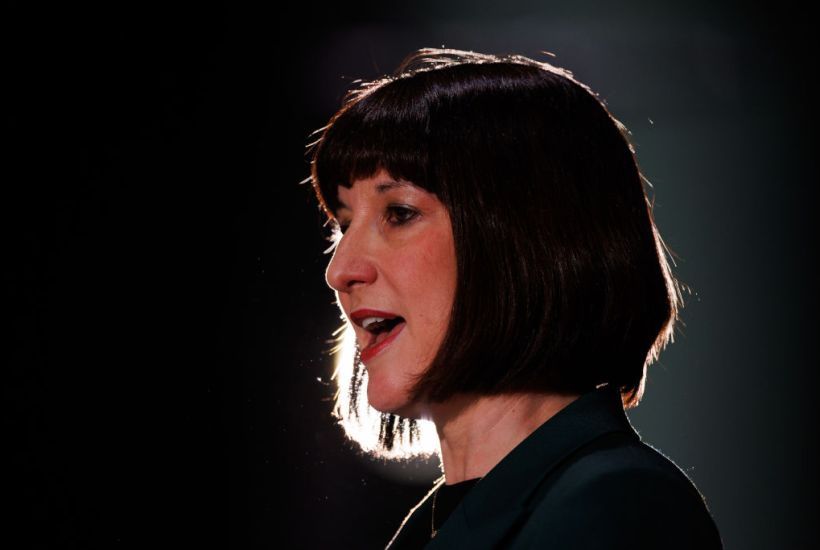We live in an age of stunts and soundbites so it was refreshing to hear a politician stand up and, for the best part of an hour, explain their political philosophy to an audience savvy enough to shred it. That’s what Labour’s Rachel Reeves did at last night’s Mais lecture.
Already a subscriber? Log in
Subscribe for just $2 a week
Try a month of The Spectator Australia absolutely free and without commitment. Not only that but – if you choose to continue – you’ll pay just $2 a week for your first year.
- Unlimited access to spectator.com.au and app
- The weekly edition on the Spectator Australia app
- Spectator podcasts and newsletters
- Full access to spectator.co.uk
Or




















Comments
Don't miss out
Join the conversation with other Spectator Australia readers. Subscribe to leave a comment.
SUBSCRIBEAlready a subscriber? Log in